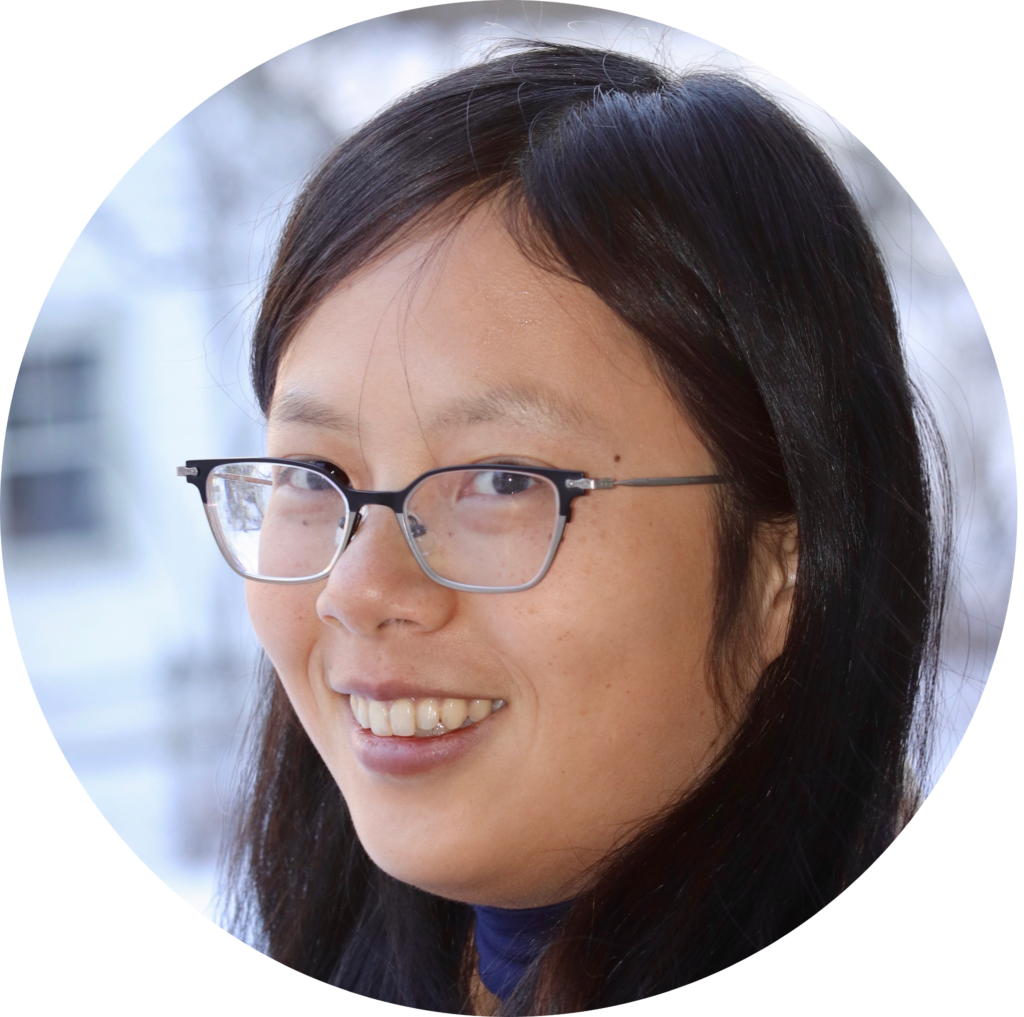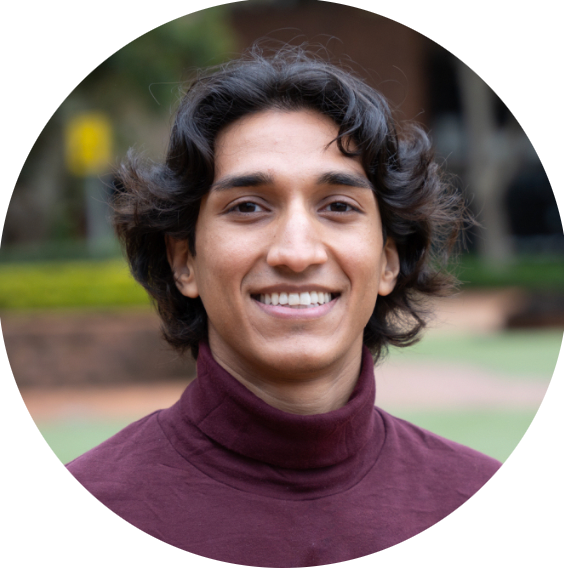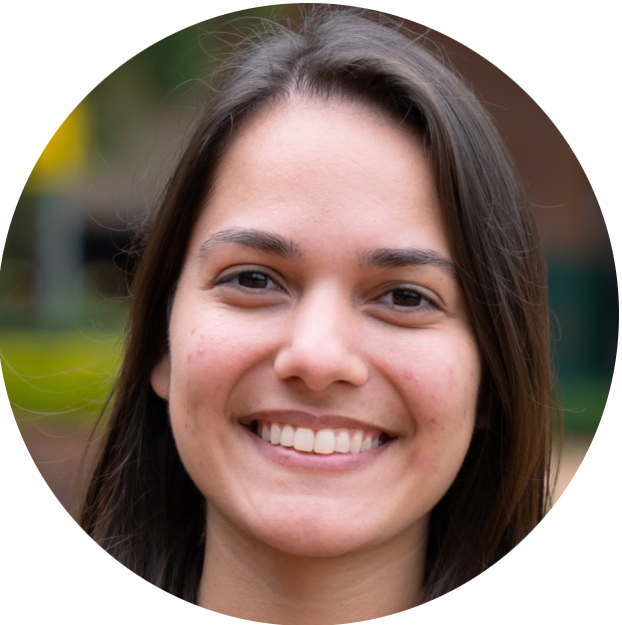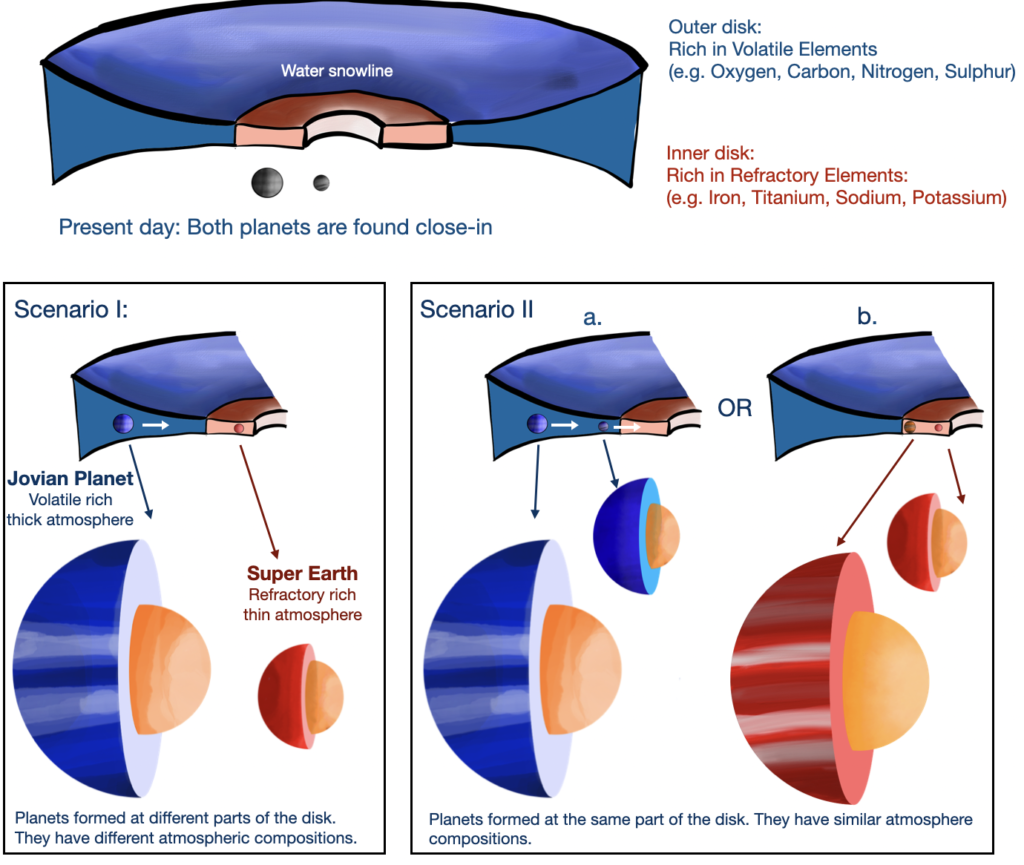
I am a Senior Lecturer and astronomer at the University of Southern Queensland, Centre for Astrophysics. I specialize in the search for transiting planets. I worked on NASA’s TESS mission, and developed the MIT QLP that brought light curves and planet candidates to the community.
I received my PhD at Princeton University in 2015. I am currently an ARC DECRA Fellow, and will be an ARC Future Fellow in 2025. Previously, I was a Torres Fellow at MIT, and a Dunlap Fellow at the University of Toronto.
Research Group
Current students

Alex Venner – UniSQ PhD student
Properties of long period planets with Gaia, TESS, and radial velocity programs

Shishir Dholakia – UniSQ PhD student
Computational techniques, planet recovery with TESS

Emma Nabbie – UniSQ PhD student
Multiplanet systems, TTVs, ultrashort period planets

Tyler Fairnington – UniSQ Honours Student
TESS planet search
Affiliated students
Ava Morrissey – UniSQ graduate student – Atmospheres of young planets
Sydney Vach – UnISQ graduate student – Young planet occurrence rates
Lizhou Sha – University of Madison Wisconsin graduate student – companions of Hot Jupiters
Former students
Dr Nataliea Lowson – UniSQ graduate student (2024) – Annie Jump Cannon Fellows at University of Delaware – Exoplanet atmospheres
Dr Jiaying Dong – Penn State University (2021) – Currently Assistant professor at UIUC – past Flatiron Research Fellow – warm Jupiter formation and statistics
Research
TESS mission
During my time at MIT, I was primarily responsible for the development and maintenance of the TESS Quicklook Pipeline. We analyzed full frame images from the TESS mission, produced light curves for every cataloged star, and released transiting planets to the community.
The work is described in Huang et al. 2020 RNAAS 4 204 and Huang et al. 2020 RNAAS 4 206. Data products are available on MAST, and described further here.
Highlights include the first planets from the TESS mission, including Pi Men c (Huang et al. 2018, ApJL, 868, 39), LHS3844 (Vanderspek, Huang et al. 2019, ApJL, 871 24), and the primary mission planet catalog (Guerreo, Seager, Huang et al. 2021, ApJS, 254, 39).

TOI1130 JWST Program
We have an ongoing JWST program to characterize the atmospheres of planets in the TOI1130 system (Huang et al. 2020, ApJL, 892 7). In 2024, we will obtain NIRSpec and NIRISS spectra of both planets in the TOI1130 system.
TOI1130 hosts an inner super-Earth and an outer hot Jupiter. By measuring the composition of the planets’ atmospheres, we hope to differentiate between formation and migration models that lead to such systems.

Warm Jupiter Companions
In Huang, Wu, Triaud 2016, ApJ, 825, 98, we found Jovian planets in longer period orbits are often found with inner and outer companions. In contrast, hot Jupiters lack such close-in companions, suggesting differing origins for the two Jovian planet populations.
Thanks to TESS, we have subsequently discovered a number of such Jovian – super-Earth systems thanks to TESS. Highlights include TOI-2000 (Sha, Vanderburg, Huang et al. 2023, MNRAS, 524, 1113) and TOI-1130 (Huang et al. 2020, ApJL, 892 7).

Media
AAS press conference 2019